Companion planting is a great way to control pests in the garden, but there are Plants You Must Avoid Growing Together; find the names below.
In companion planting, understanding which plants flourish together is crucial. It is advisable in this guide about Plants You Must Avoid Growing Together. If you’re determined to grow these plants together, ensure you space them out adequately to prevent them from interfering with each other’s growth.
12 Plants You Must Avoid Growing Together
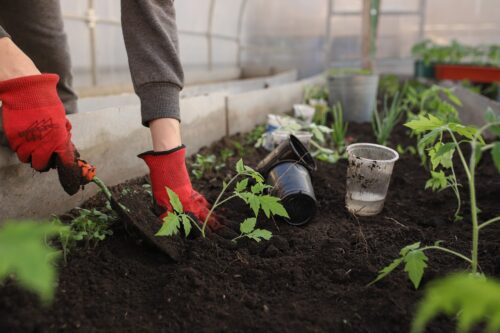
1. Brassicas with Strawberries
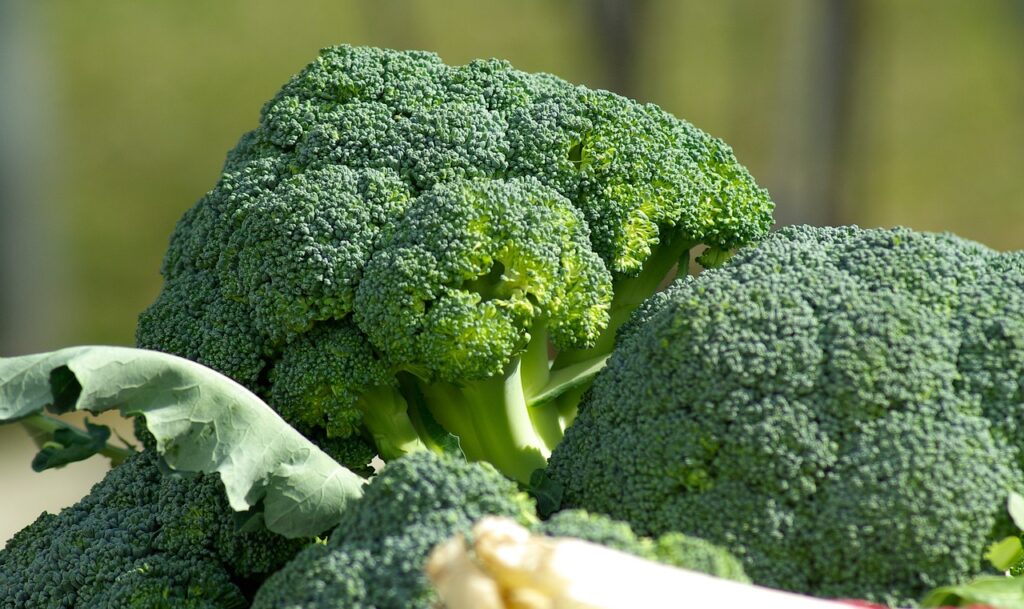
Broccoli, cabbage, and Brussels sprouts are often eaten by cabbage loopers, bugs that make holes in their leaves. These insects don’t just eat these vegetables – they also eat other plants. If you grow strawberries near broccoli, cabbage, or Brussels sprouts, they are more likely to get eaten by cabbage loopers. So, when you plant strawberries, keep them away from these vegetables.
2. Alliums with Asparagus

Onions, garlic, and other plants like them have a strong smell that keeps away a lot of pests in the garden. This makes them good partners for most vegetables and herbs. However, it’s not a good idea to plant alliums near asparagus. Alliums seem to stop asparagus from growing well, and their big bulbs can get in the way of the asparagus roots. What’s worse, when you pick the alliums, it can bother the perennial asparagus plants and make them less likely to grow properly.
3. Rue with Basil
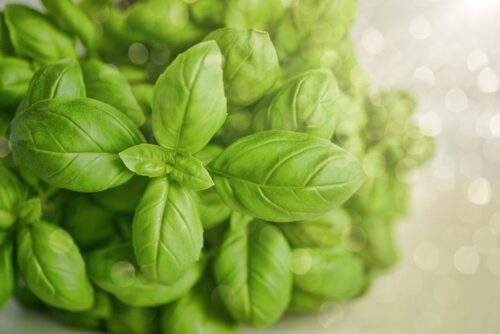
Rue is a popular medicinal herb and is often planted in pollinator gardens to attract butterflies and other helpful insects. However, it might not be the ideal addition to your culinary herb garden. Basil and Rue don’t get along well and can actually hinder each other’s growth.
4. Sage with Cucumber

Some herbs, such as dill and oregano, can help protect cucumber plants from pests. But not all herbs are good companions for cucumbers. Sage, for example, can stop cucumber vines from growing well and reduce the amount of cucumbers you can harvest. Also, sage and cucumbers need different amounts of water. If you plant them together, you might end up giving too much water to the sage or not enough to the cucumbers.
5. Tomatoes and Corn
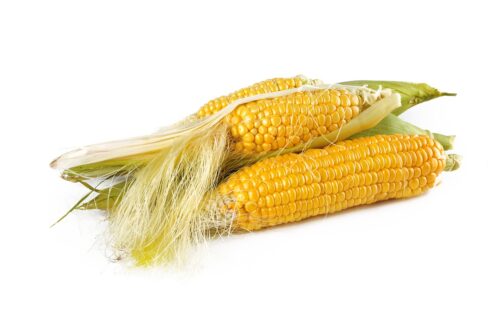
Corn and tomatoes are both tasty ingredients for salsa, but they’re not ideal companions in the garden. Both are prone to attacks by corn earworms, also known as tomato fruit worms. Planting them together can make it simpler for pests to move between crops. Furthermore, corn and tomatoes are both plants that require a lot of nutrients, so they may end up competing with each other for soil nutrients.
6. Fennel and Most Herbs and Vegetables
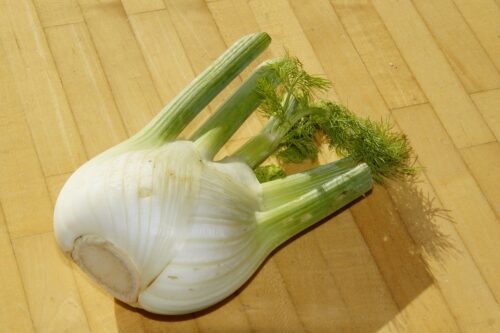
Companion planting with fennel is a bit challenging as it doesn’t perform well with some plants. When it grows, fennel emits compounds in the soil that restrain the growth of companion vegetables and herbs or lead them to bolt. Also, fennel cross-pollinates other plants, such as dill, and reduces the quality of seeds and taste.
Growing fennel as a companion plant with other plants can be difficult, but you can grow it in pots throughout the garden. When planted in containers, fennel will not affect the growth of nearby plants. The blooms of fennel attract pollinators and beneficial insects in the garden.
7. Sunflowers and Potatoes

If you’re planning a vegetable garden, you might consider adding vibrant mustard yellow or reddish-orange sunflowers to attract pollinators. However, it’s important to note that not all vegetables go well with sunflowers nearby, such as potatoes.
Sunflowers have extensive root systems, and if they grow tall (depending on the variety), they can cast too much shade on the potato plants. Additionally, sunflowers are allelopathic, which means they release certain toxins that can harm other plants. These chemicals can hinder the growth of nearby plants, including potatoes, resulting in lower yields.
8. Cabbage with Grapes

If you’ve got room for grape vines in your garden, they can add a charming touch and even offer some light shade for plants that prefer not to be in direct sunlight. However, it’s best to avoid planting cabbage near grape vines. When they grow together, cabbage and grapes can hinder each other’s growth. This might happen because these plants, which both like water, end up competing for soil moisture. Similarly, other brassica plants such as cauliflower, broccoli, and kale might not flourish well near grape vines either.
9. Legumes and Alliums
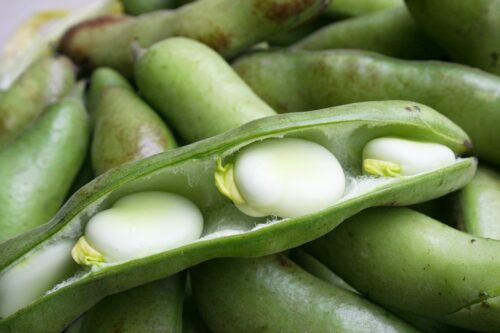
Alongside asparagus, alliums also don’t thrive when planted with legumes like beans and peas. When grown together, alliums can slow down the growth of legume plants and lead to smaller harvests. Additionally, onions and other alliums have natural antibacterial properties that might affect the nitrogen-fixing bacteria on the roots of legume plants.
10. Walnut Tree and Most Other Plants
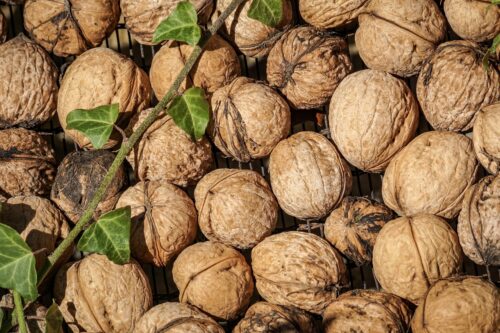
If you enjoy walnuts, you might be interested in planting a walnut tree. However, be cautious when doing so, as it can harm other nearby plants regardless of their type. Juglone, a toxic substance found in all parts of the walnut tree, particularly in the buds, nut hulls, and roots, can cause wilting or death in vegetables, ornamental plants, and some bushes.
Read: Black Walnut Companion Plants
11. Carrots and Dill
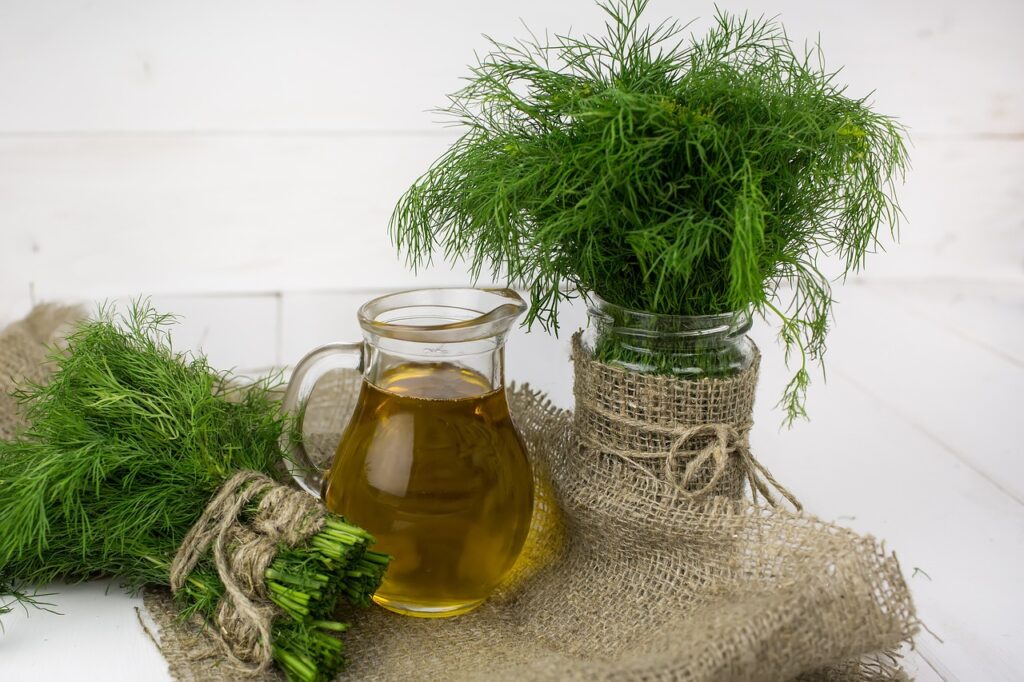
Dill and carrots belong to the same plant family and share similar requirements for growth. However, they are closely related, which means they can cross-pollinate and produce low-quality hybrid seeds. Additionally, planting dill near carrots can attract carrot flies, which can damage the roots of the carrots by creating holes in them.
12. Potatoes with Tomatoes

Potatoes and tomatoes are both part of the nightshade family, and they can both fall prey to similar pests like tomato hornworms and Colorado potato beetles. When you plant these together, pests can easily spread from one plant to another, causing damage to your crops and stripping leaves. These pests can even survive in the soil over winter, so it’s important to rotate all nightshade crops every 3 to 5 years.
Read: Tomato Companion Plants



